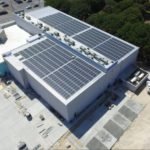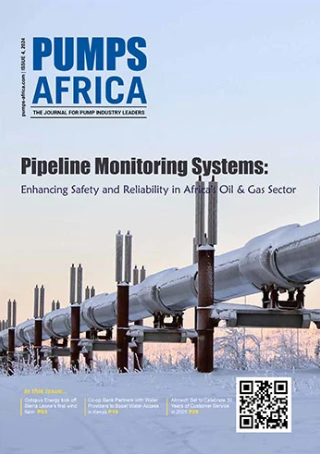The financial deal for the Singrobo hydroelectric project in Ivory Coast has been closed paving way for a full construction phase.
Ivoire Hydro Energy (IHE), completed the financing of the project through a US $186 M transaction arranged by the African Development Bank (AfDB). The pan-African bank is contributing US $43M. The other part of the financing comes from Emerging Africa Infrastructure Fund (EAIF), a company of the Private Infrastructure Development Group (PIDG), the African Finance Corporation (AFC), as well as the German Investment Corporation (DEG), the group’s subsidiary of Kreditanstalt für Wiederaufbau (KfW), the German development agency. These financial institutions will provide 75% of the funds needed to set up the Singrobo-Ahouaty hydroelectric scheme.
READ:Ethiopia-to-Kenya electricity Interconnector Project soon to be complete
Singrobo hydroelectric project
The Singrobo-Ahouaty Hydropower Development Project on the Bandama River, addresses the Ivorian government’s concern to diversify the energy mix following an increase in thermal power generation in recent years.
The project comprises the design, development, operation and transfer of a 44 MW hydroelectric plant and a 3.5 km transmission line and substation to evacuate the power generated onto an existing transmission line.
The French group plans to build a mixed rock and concrete dam that will be 23.50 m high and 1,374 m long, forming a 105 million m³ reservoir. The water reservoir will be used to turn the turbines of a power plant capable of producing 44 MW.
As part of the contract, Eiffage Génie Civil and Eiffage Energie Systèmes will also build the discharge channel for the Singrobo hydroelectric plant, the 90 kV switchyard, the 3 km line connecting the plant to the grid, temporary facilities and access roads.
The project will be operating under a 35-year concession agreement with the Government of Côte d’Ivoire (GoCI). The project increases the proportion of renewable energies while improving the sector’s financial viability. Its implementation comprises two main components: (i) The primary installation comprising the main dam, the water intake structure, the spillway, power plant and tailrace channel; and (ii) Related infrastructure comprising transmission lines and the interconnection substation.
The Government of Côte d’Ivoire plans to invest heavily in the generation, transmission and distribution segments of the electric power sector and to implement an ambitious electrification programme for 2100 villages at a rate of 700 villages per year over a three-year period.







